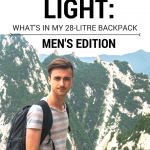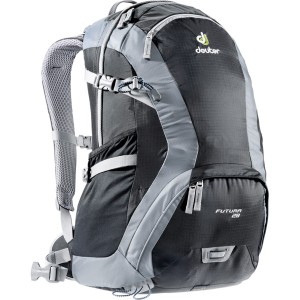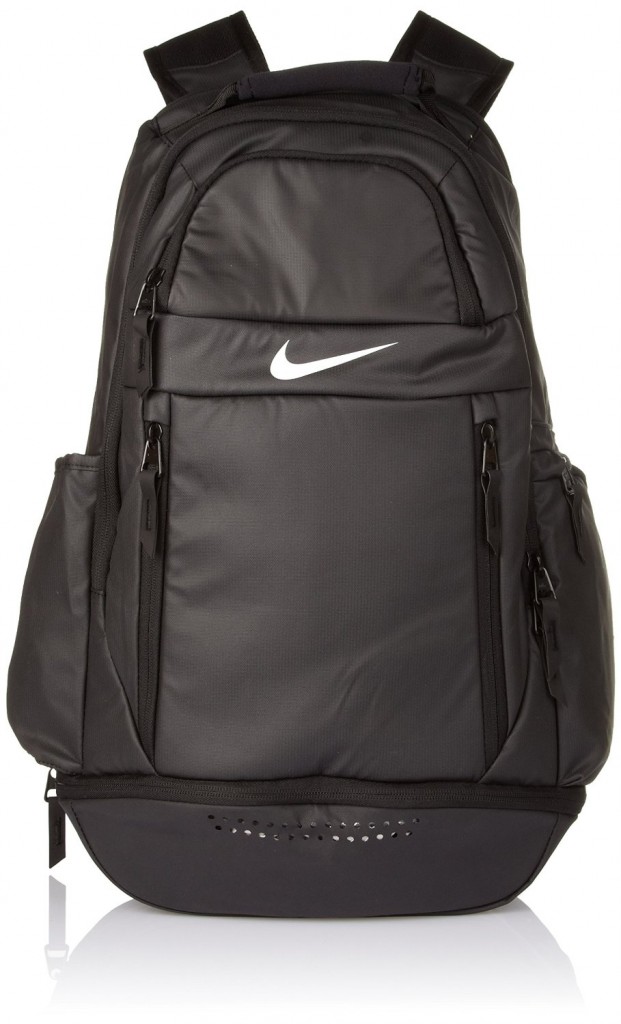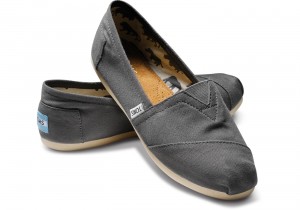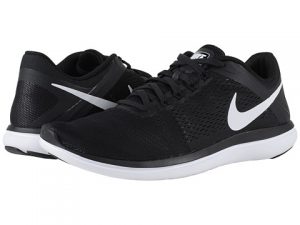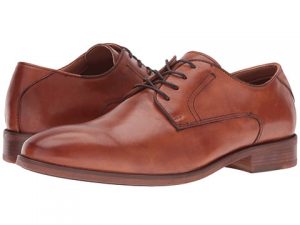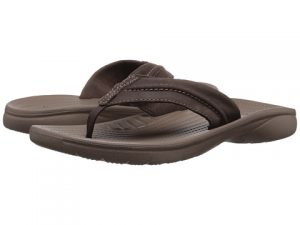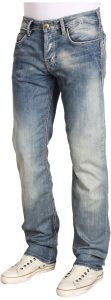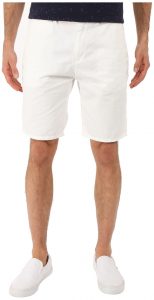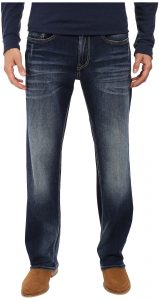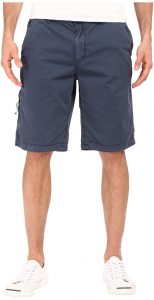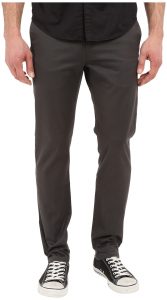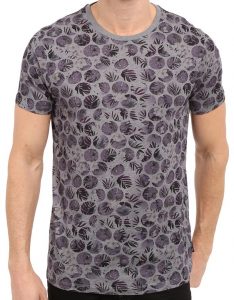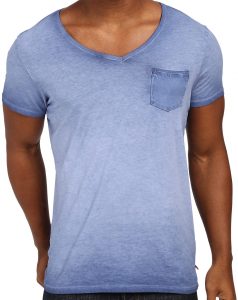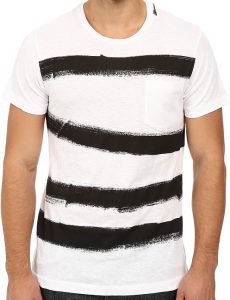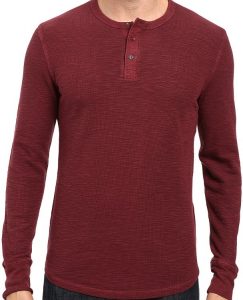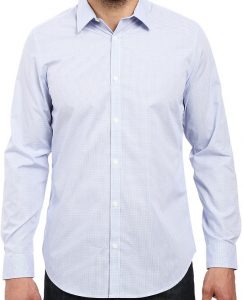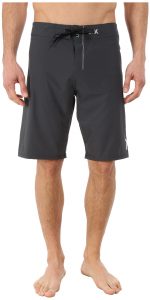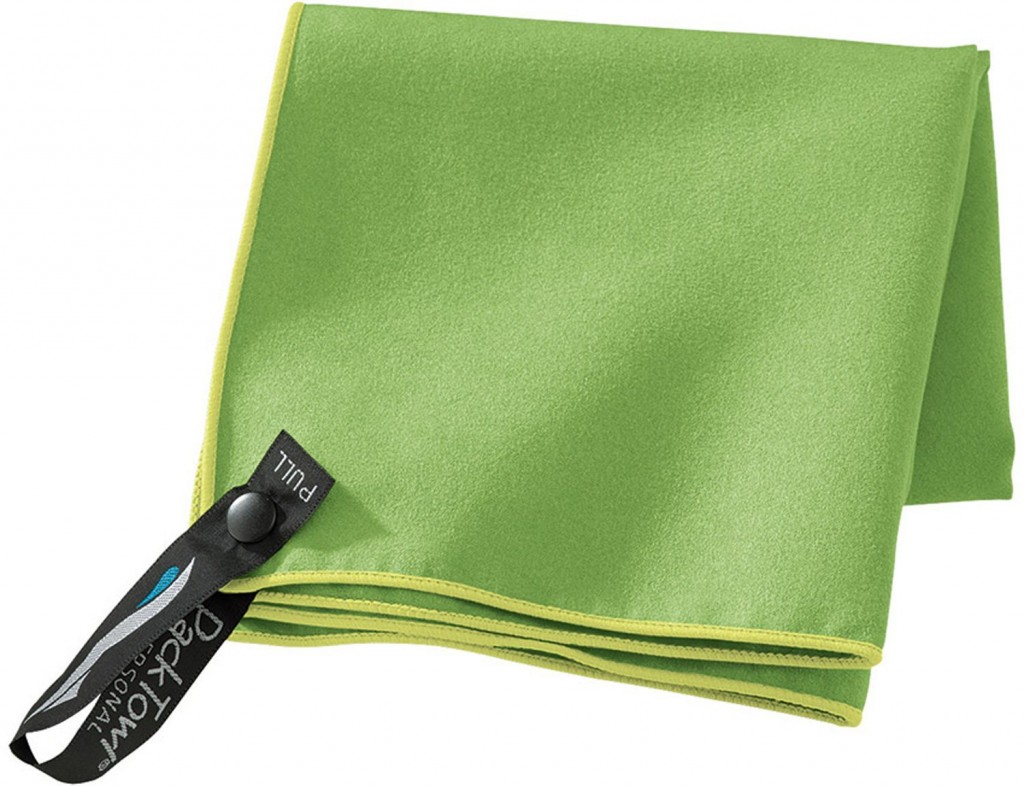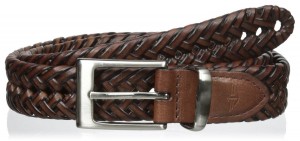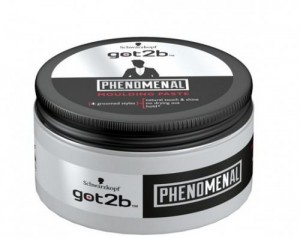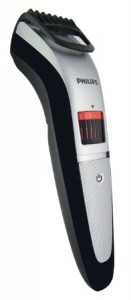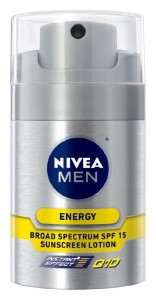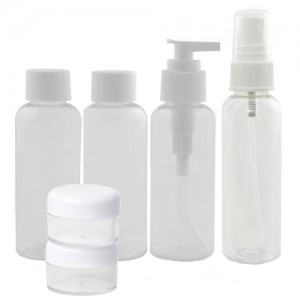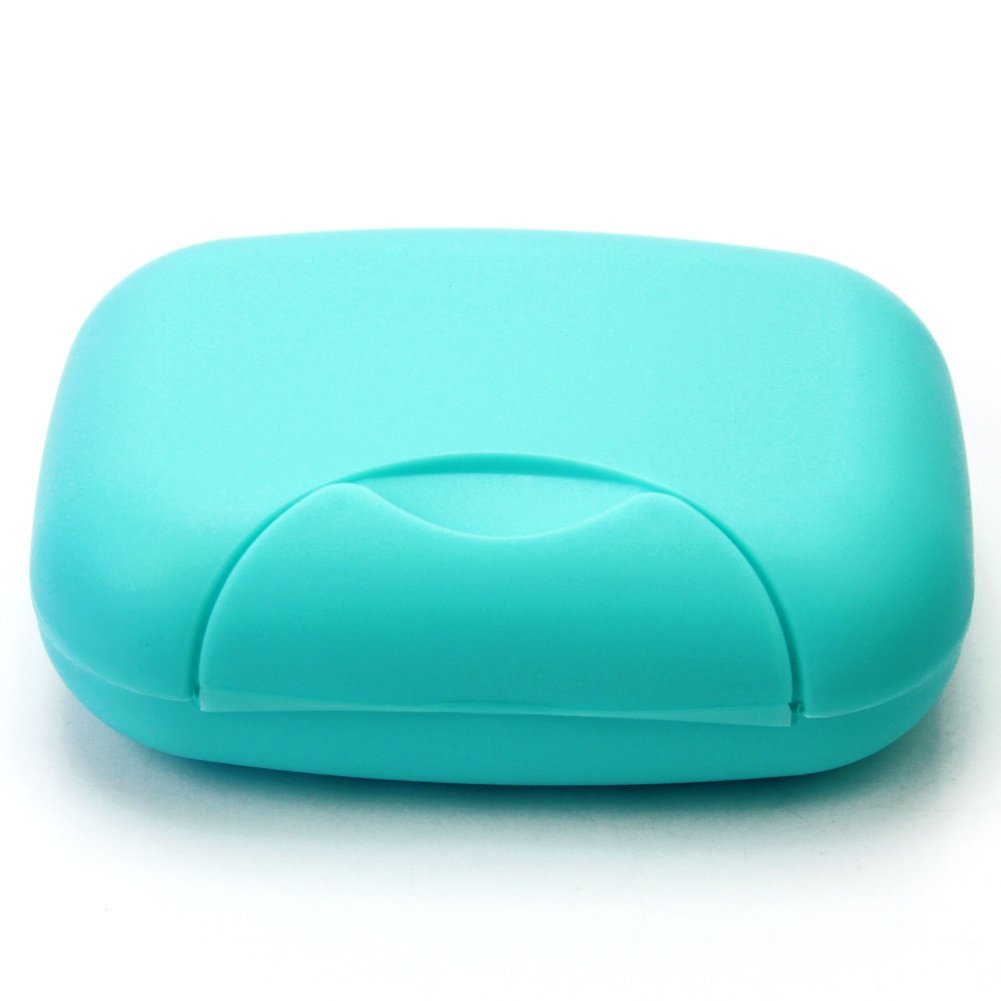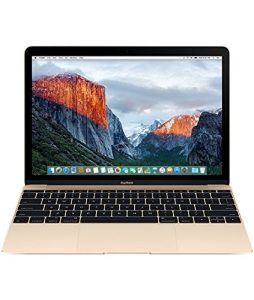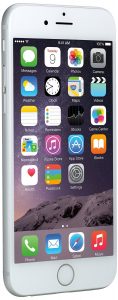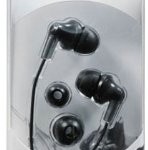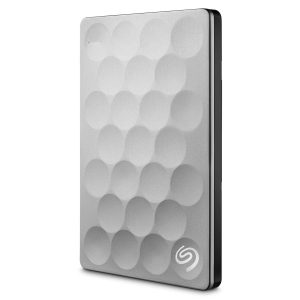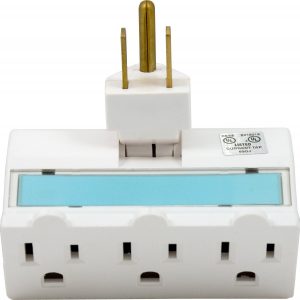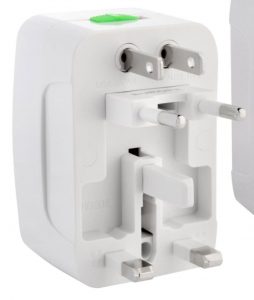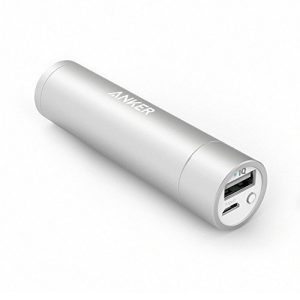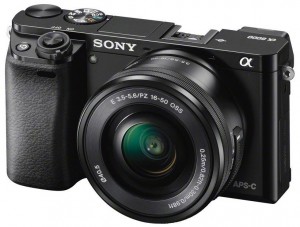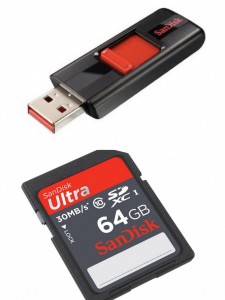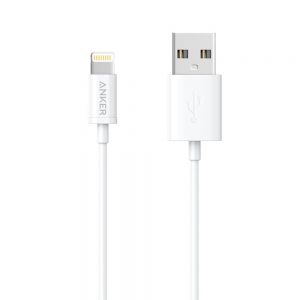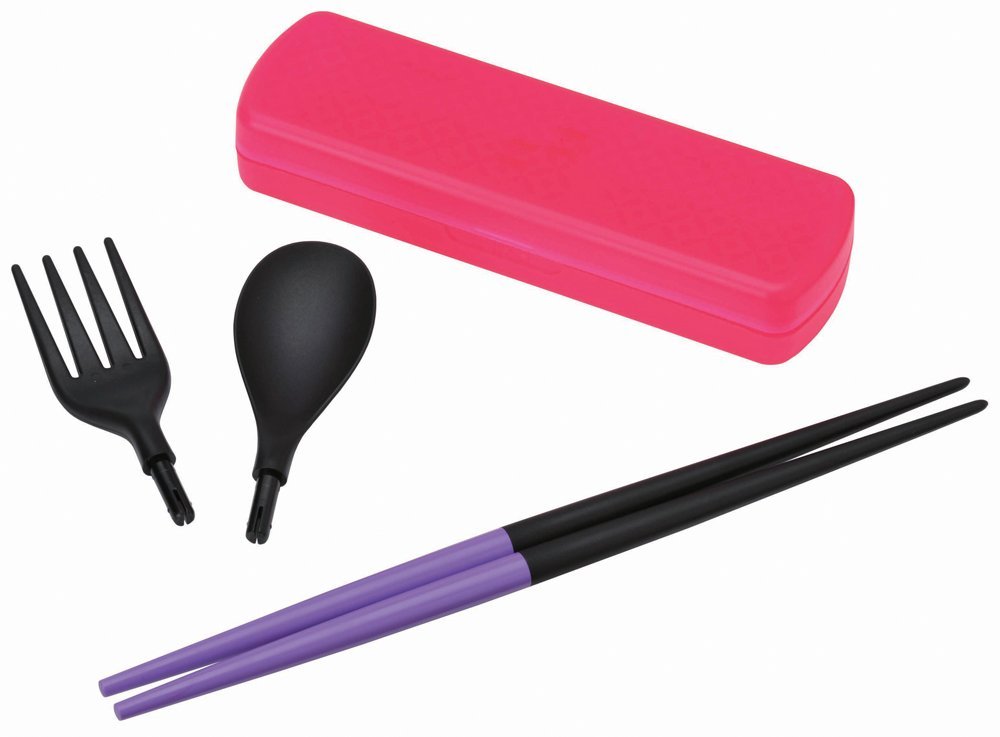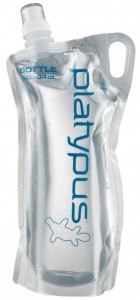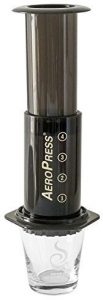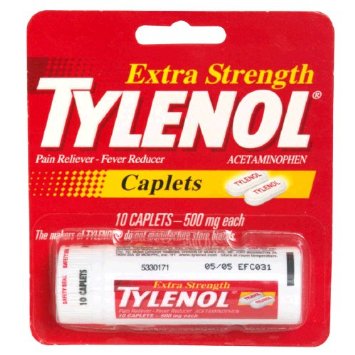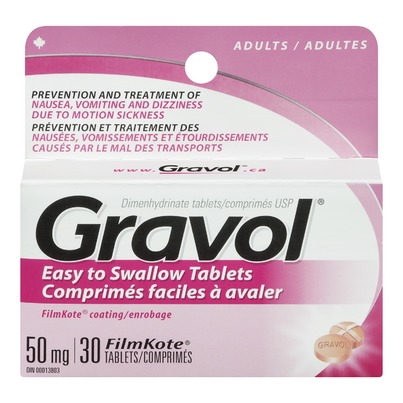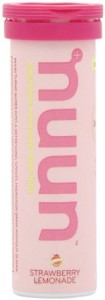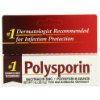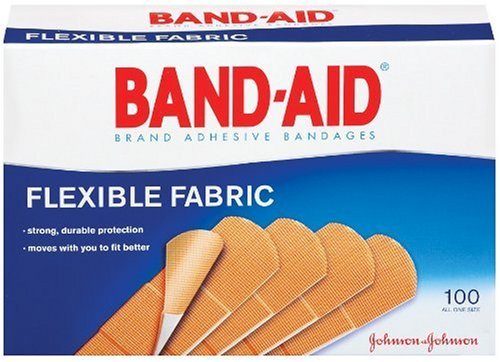When it comes to packing, I'm an ultra-minimalist. While having access to my full wardrobe on the go would be nice, it's just so much easier to travel when you pack light. On one hand, your bag will spend most of its time sitting idle in your hotel or hostel. On the other hand, you'll be thankful for a lightweight bag when you're frantically running around an airport trying to catch a flight, wandering the streets of Paris looking on a map for your accommodation, or sitting in an overpacked bus with almost no space for luggage.
Note: packing for ladies? Check out Jen's guide for ladies on packing light and see exactly what's in her 28 litre bag.
Meet the bags
For the past two years we've each used the 28 Litre "Futura" Deuter backpack, plus a smaller Nike day backpack that we share. The day bag holds our electronics when in transit (for accessibility/safety), and food & water when we're exploring (note: it also meets airline's size limits for a “personal item”). We've tried travelling with suitcases and backpacks big (40+ litre) and small, and have reverted to this original combo for both short and long (8+ month trips).
The Nike day bag is a bit pricey, but after having a few cheaper bags quickly fall apart, we decided it's well worth it (previously we used the EcoCity day backpack). This Nike bag has a special back compartment for our laptops, an insulated section at the front for food, a water bottle holder on the side, and several other nicely designed compartments that cover all of our daily needs. It holds the weight of 2 laptops, our camera, and 3 lenses without issue.
Although all of our bags meet airline carry-on size restrictions, this benefit is quickly fading away as airlines tighten restrictions for carry-on weight, now often restricted to 8kg or less. The cheapest checked luggage option is usually 20kg, which is enough to check both of our 28-litre bags together with one purchase, and we bring the Nike day bag on as carry-on.
12 Tips to Packing Light
So just how do you cram your life into a small zippered “closet”? Here’s 12 tips we live by:
- Roll your clothes! Folding leaves lots of air & wasted space. Roll & wrap with an elastic for ultra compactness.
- Whatever you might be missing, it can be bought on the road. Just wait and see if you really need it (chances are, you won’t)!
- If you fear you’ll tire of your few options, know that you can donate and replace as you go.
- Remind yourself: you can do laundry or wash by hand almost anytime, so you’ll never be truly short on clothing. Re-wearing clothes won't kill you, either!
- Do not pack things “just in case”. Every last item is a weight burden!
- Give yourself time to ditch & decide what’s going in your bag. Ideally, pack over a few days, so you can revisit with fresh eyes each time.
- Pack a few favourites, not oodles of meh ones. I can’t tell you the pain of sorting through an endless mess of clothes in a backpack, all for the sake of options!
- Lay your options out & try them on before committing. You’ll see how versatile (or not) a piece is & feel better about what you’re bringing.
- Pack clothes that can be worn with multiple items. Avoid packing things that don’t match common items, like a jacket or sweater.
- Pack fast-drying, compact clothes (especially for underwear/socks). Nylon, polyester, and spandex are light & dry quickly.
- Pack layers, not bulk. If you may be somewhere cold, bring layers over thick items (e.g. a light jacket, sweater, a long-sleeved shirt instead of one huge fleece-lined coat). This is more versatile & the individual items can be worn with other clothes, not just in cold weather.
- Mail items home. If travelling a long time, it can be cost-efficient to mail stuff home if you need to upgrade/swap and not toss items out. We did this on our last 8-month trip and it was surprisingly cheap to mail home some warmer items we no longer needed but wanted to keep.
Now to go rummaging – here’s what's in my 28 litre bag!
Packing List for Men: What’s In My Bag
- 8 shirts
- 2 sweaters
- 3 pants, 2 shorts
- 4 pairs of shoes
- 1 waterproof jacket
- 1 light scarf
- 1 bathing suit
- 1 fast-dry towel
- 1 compact umbrella
- 4 pairs socks
- 1 small toiletry bag (shared)
- 6 pairs briefs
- 1 pair PJ pants
- 1 belt
- 1 first aid kit (shared)
- 1 electric shaving razor
- Electronics (these stay in our day bag while in transit, see list below)
My Shoe Collection
- A pair of Toms. Compact, comfy, and no socks required, this is what I wear the most on a day-to-day basis.
- A pair of light, sturdy runners, for hiking or jogging (Nike)
- A light pair of closed-toe shoes, for nights on the town and something slightly above “casual” (Aldo)
- Comfortable walking sandals, for anywhere hot (Crocs)
It may seem like a lot of shoes, but I can actually fit most of them in the side pockets of my 28-litre bag. The sandals and Toms practically go flat, so I wedge them in the sides of my bag with the runners, then leave the closed-toe shoes inside the bag at the top. You can also tie a pair of shoes to a loop on the outside of your bag. Depending on the activities of your trip, you could definitely eliminate some of these, but I end up using all of them!
Bottoms
The first time we travelled, I brought some Lululemon pants for doing hikes, but never really used them. I'm just as comfortable hiking in my jeans, but if that's not your style, you'll probably want another pair of pants. The chinos are tight and not very comfortable for a day of exploration, so I usually save these for nights out paired with my collared shirt. If you're only going to be somewhere that is mostly hot or mostly cold, you can adjust the balance between shorts and pants as you see fit.
Tops
- 6 t-shirts (various plain and printed)
- 1 long-sleeved collared shirt
When I live in one place and spend most of my days in an office or seeing friends and family, I usually wear collared shirts as they're just a notch above casual. But when travelling, I just find these uncomfortable for exploring, so I stick with t-shirts. I'm not a fan of the typical solid coloured shirts with a graphic ironed onto the middle, so I try to buy well-fitted, uniquely designed shirts with a variety of necklines and buttons to keep my wardrobe diverse.
I bring 1 collared shirt, which isn't really formal, but is great for a night on the town or if I need to look a bit more professional. I usually roll the sleeves up to my elbows. Paired with my chinos, brown shoes, and belt, it's my go-to “nice” outfit!
Sweaters, Jackets & Scarves
- 1 thick collared sweater (H&M)
- 1 light sweater
- 1 light waterproof jacket
- 1 light scarf
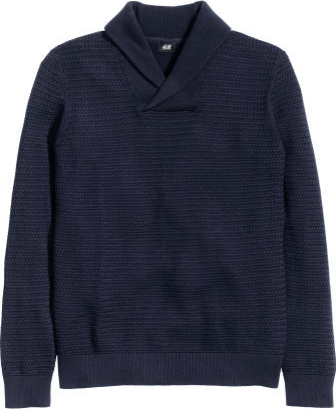
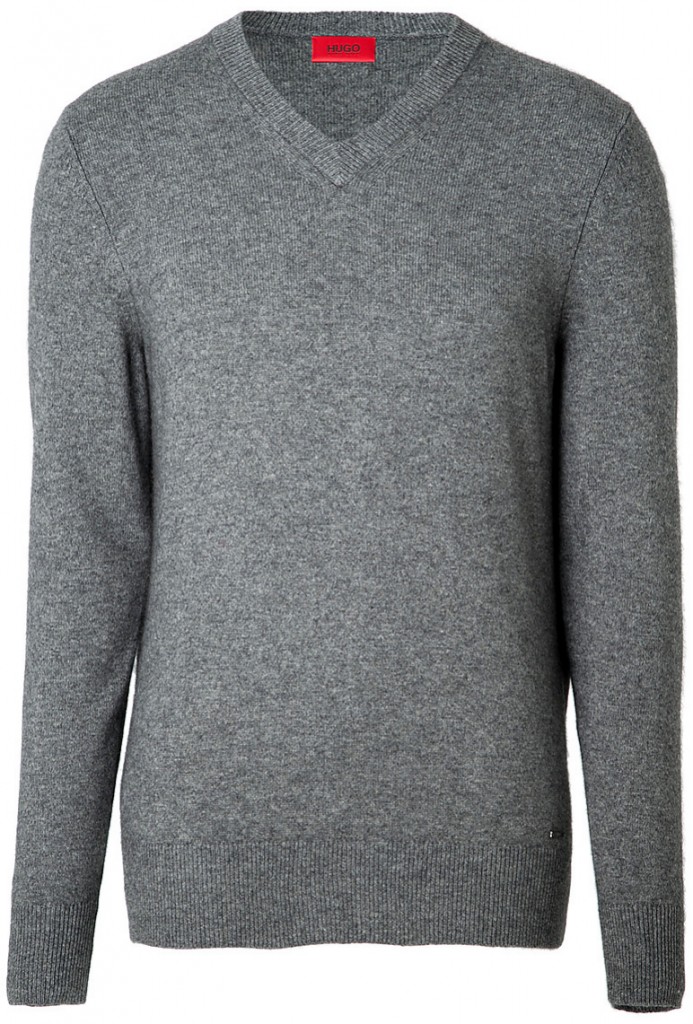
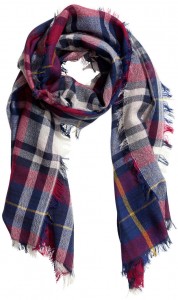
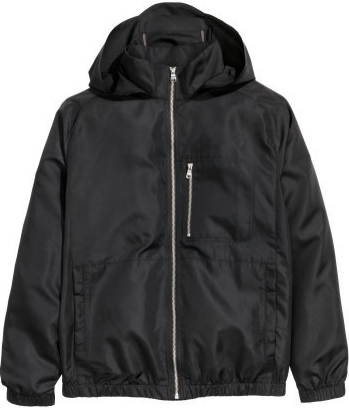
A note on jackets: make sure to get waterPROOF not water resistant, and these will still soak through in the rain. Also definitely get one with a hood, especially if you aren't packing a hat (which I don't).
I try to keep sweaters that are well-fitted and a bit more stylish than a hoodie. The light sweater is good for a crisp or windy day, while the thicker sweater is great for colder seasons, chilly nights, or overnight bus/airplane rides. I find that in cold weather, a thick scarf isn't necessary, and I get the same benefit from a very light scarf while saving space in my bag.
Swimsuits & Towels
- 1 swimsuit
- 1 fast-dry PackTowl (size large)
Nobody really swims enough to need more than 1 bathing suit. The towel is made of a special fast-drying material, and it's really worth having. There are many times that I've had to take a quick shower before re-packing my bag and heading out, and a regular towel definitely wouldn't be dry in time. Just always be sure to let it fully dry – do not pack it damp or the material will get stinky!
Underwear, PJs & Accessories
- 4 pairs socks (H&M)
- 6 pairs briefs (H&M)
- 1 pair PJ pants (H&M)
- 1 compact H&M umbrella
- 1 brown braided leather belt (Dockers)
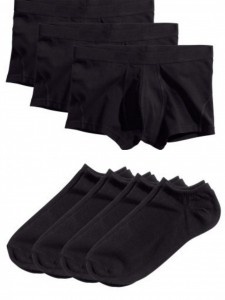
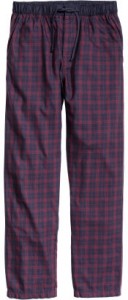

All my underwear and socks are the same. Boring? Maybe. But I like the simplicity, and that every pair of underwear is my favourite!
I usually wear my sandals or Toms, so I don't bring a lot of socks with me. I recommend black or dark grey socks, as this will minimize any visible stains. Socks are the one thing that goes missing the easiest, so if you count on wearing socks a lot, definitely pack extra of this item!
This style of belt is very versatile, and looks great on both my jeans and my chinos with all of my tops. Every other belt I've tried is either too casual or too formal, and having to pack an extra belt is a huge waste of space, so choose wisely!
Facial & Haircare
- 1 container of Got2b Phenomenal (sold in western countries) or Gatsby Moving Rubber hair wax (sold across Asia)
- 1 Philips Norelco beard
- 1 container Nivea men’s face cream (with SPF)
Men, there's a good chance you aren't thinking about using face moisturizer at all, let alone one with SPF. But as I learned from travel, the secret to everyone looking so young in Asia is proper skin care. You'll spend a lot of time in the sun while travelling, and a face moisturizer with SPF will help keep your face young and wrinkle-free for years to come. Apply it every morning. Your (future) partner will thank you!
The Philips stubble razor is very compact, and even if you're like me and don't grow a lot of facial hair, this razor still keeps it nice and consistent instead of patchy or overgrown (being a backpacker doesn't mean you have to look shipwrecked!). It adjusts to all world voltages, meaning you just need a tiny socket adapter to use it in a foreign country, rather than a bulky voltage converter. It's also a lot easier to travel with this than with shaving cream and a disposable razor!
The hair products are mostly equivalent, offering a strong hold without a greasy appearance, and I purchase each depending on where I am in the world. Got2b is sold in most of the western world, while Gatsby is sold in almost every department and convenience store in Asia.
Toiletries
- 5 travel containers, all <100mL. 1 shampoo, 1 conditioner, 1 face cream (Jen's), 1 face wash, 1 sunscreen.
- 1 small bar soap
- 1 Bath & Body Works mini sanitizer
- 1 travel soap container (crucial to prevent mushy bags of soap)
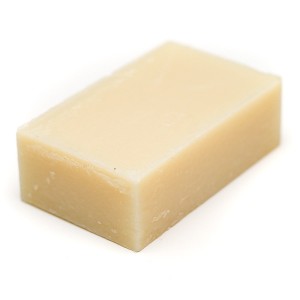
Jen & I share one bathroom bag though if you're travelling solo this would suffice for one person. We bring refillable containers to be space-wise, plus you can take all of this carry-on as the bottles are <100mL each. This is great for freshening up and not wishing for a toothbrush and facewash between long layovers.
Electronics
- 1 MacBook
- 1 iPhone 6 (latest model is iPhone 6S)
- 1 set of Panasonic in-ear headphones
- 1 Seagate Ultra Slim portable hard drive
- 1 compact power splitter
- 1 power converter
- 1 Anker mini portable charger
- 1 Sony a6000 mirrorless camera + 3 lenses (kit, zoom, and portrait) (latest model is Sony a6300)
- 1 64GB SD card
- 1 32GB USB stick
- 3 Anker iPhone Lightning Cables
Admittedly, this part of the list will be longer than most who are simply taking a quick trip somewhere. We work while we travel so these items are essentially our “office in a bag”. For more on the what's and why's of our must-pack electronics, check out our other article here. For a shorter trip, an iPad, smartphone, or similar device could replace a laptop (or none at all) if keeping in touch is your main objective.
All of the electronics usually stay in our accommodation or on our bodies, but when moving from one place to another, we throw them all into the day bag. Everything else on this list stays in our larger 28-litre bags.
Eating Utensils
- 1 compact travel utensil set
- 2 Platypus foldable water bottles
- 1 Aeropress coffee filter with tote bag
These are simple essentials that majorly cut our costs on the road in simple ways. We brew our own ground coffee, eat our own breakfast (oatmeal), and drink tap water just about everyday. The Aeropress is already one of the most delicious ways to prepare coffee at home, but it's compact size and carrying case makes it perfect for travel. As for water, the Platypus bottles can fold into a tiny ball when empty, while still holding as much as a regular bottle. The reusable utensils are a must-have as we DIY breakfast every day and picnic frequently.
First Aid Kit
- Pain & fever: ibuprofen (Advil) or acetaminophen (Tylenol). As they both treat pain and fever, only one will suffice.
- Nausea/motion sickness & indigestion: anti-nauseants like diphenhydrimate (Gravol) or ginger tablets, and Pepto Bismol tablets for upset stomach/diarrhea.
- Dehydration: rehydration/electrolyte tablets (we’ve used Nuun), or be thrifty and make your own salt/sugar solution (equally as effective).
- Infections: broad-spectrum oral antibiotic (if applicable, read below).
- Allergies & skin: oral antihistamine (e.g. Reactine, Allegra), Polysporin (for scrapes & skin infections), hydrocortisone cream (for rashes), a few bandaids for blisters.
Jen describes how to pack a compact bag of health essentials in our article, Notes from a Nurse: A Pre-Departure Checklist for Healthy Travel. Basically, everyone's bag will be different but you really don't need much. Bring meds for pain, fever, and any other relevant ailments that afflict you such as allergies or frequent infections (e.g. UTIs – bringing “just in case” antibiotics is something you should speak to your doctor about).
And there you have it, everything that fits in my 28-litre bag. It's a small list and a lot less than most pack, but after trials of trips with more items, we've both found that more clothes just means more messes and time wasted deciding outfits. Pick your best and favourite clothes that are versatile (& stylish if you're so inclined!) and keep it light. Happy packing!



